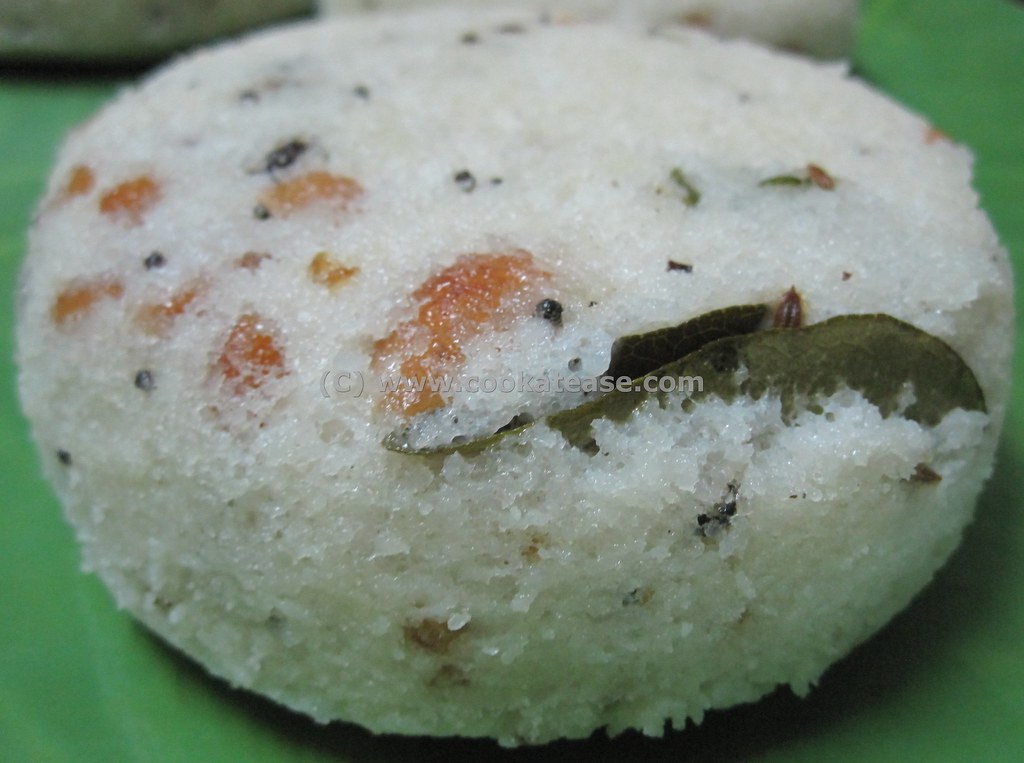LED lamps in our houses could soon provide you with blazing-fast Internet speeds, leaving the old Wi-Fi connection in the dust. It's all thanks to a new technology called Li-Fi, short for "light fidelity," which transmits information wireless via visible light.
What is Li-Fi?
Light Fidelity (Li-Fi ) is a bidirectional, high speed and fully networked wireless communication technology similar to Wi-Fi. The term was coined by Harald Haas ] and is a form of visible light communication and a subset of optical wireless communications (OWC) and could be a complement to RF communication (Wi-Fi or Cellular network), or even a replacement in contexts of data broadcasting. It is so far measured to be about 100 times faster than some Wi-Fi implementations, reaching speeds of 224 gigabits per second.
It is wireless and uses visible light communication or infra-red and near ultraviolet (instead of radio frequency waves) spectrum, part of optical wireless communications technology, which carries much more information, and has been proposed as a solution to the RF-bandwidth limitations.
How fast will be Li-Fi?
The thing that makes Li-Fi so revolutionary is its incredible speed, up to 100 times faster than Wi-Fi. With that speed we can download contents of 23 DVDs in just one second using a Li-Fi connection. Laboratory tests have shown speeds of over 200 Gbps. It could solve the bottleneck problem that currently exists with our Wi-Fi networks, which will only be compounded as an estimated 50 million different objects and devices are expected to be connected to the Internet by 2020.
What is the disadvantage of Li-Fi?
For all of its advantages, Li-Fi does has one drawback. Because it transmits data with visible light, our device has to be in a lit room for it to work.
Forget about using it in the dark, or out in the bright sunlight for that matter. Sunlight interferes with the artificial light that is transmitting the information. Li-Fi also can't pass through walls, for the same reason that the light from a closed room doesn't illuminate any surrounding rooms.
Will Li-Fi replace WI-Fi completely?
So Wi-Fi will be continued to be in use even after Li-Fi gets widely implemented. The idea will be to use them in tandem, to get the benefits of each .
